Tom's Guide Verdict
The Polaroid Go Gen 2 is a cute, portable, easy-to-use camera that improves on the first-gen model. It introduces a new double exposure mode for creative shots, comes with a self-timer and selfie mirror, and boasts a good battery life. However, it doesn’t perform great in low-light conditions, doesn’t have a macro mode, and the film is relatively expensive.
Pros
- +
Compact and portable
- +
Easy to use
- +
Excellent value for money
- +
Double exposure and self-timer
- +
Bright and detailed images
- +
Retro aesthetic
- +
Good battery life
Cons
- -
Relatively expensive film
- -
Low-light performance isn’t great
- -
No macro mode
Why you can trust Tom's Guide
Price: $79 / £79 (camera only), $99 / £94 (bundle)
Lens: 51.1mm polycarbonate resin
Focusing capability: Single fixed-focus lens
Exposure control: Automatic; double exposure available
Shutter: 1/300 to 1 second
Aperture: f/9-f/42
Flash: Automatic
Self-timer: 9 seconds
Power: Rechargeable lithium-ion battery
Dimensions: 4.13 x 3.3 x 2.44 inches
Weight: 8.43 ounces (239g)
Film used: Polaroid Go Color film
Film development time: 15-20 minutes
Cost per print: Approx. $1.12
I love a good instant camera. A warm fuzzy feeling consumes me when I hold a physical print in my hand. Limited by the films I have left in the pack, I’m more thoughtful about the shot. With a phone, you take a photo and it finds itself swimming around with thousands of others. So when the opportunity arose to test the Polaroid Go Gen 2, I was over the moon.
The Polaroid Go Gen 2 succeeds the original Go, which came out in 2021, and Polaroid claims it’s the world’s smallest instant camera. Compact and premium-looking, you can slip the Go Gen 2 into your pocket and go about your day. The camera really shines outdoors, delivering bright and detailed images with a retro touch. With the addition of a double exposure mode which was missing from the first-gen model, you can truly exercise your creativity with the Go Gen 2. Easy-to-use with only a few buttons, this little beauty can be used by anyone, even someone who isn’t well-versed with the semantics of photography.
Does it have what it takes to be one of the best instant cameras? For the full breakdown, read our Polaroid Go Gen 2 review.
Polaroid Go Gen 2 review: Cheat sheet
- What is it? The world’s smallest instant camera (according to Polaroid) with a large aperture range, a selfie mirror, self-timer and double exposure, for retro-looking film photos.
- Who is it for? Anyone and everyone who doesn’t want to spend a lot on an instant camera to capture great photos.
- How much does it cost? The Polaroid Go Gen 2 is available from $79 / £79.
- How is the user experience? Outstanding. The camera is super easy to use, very portable, and the images come out bright and detailed.
- Anything missing? There’s no macro mode, and better low-light performance would’ve been nice.
Polaroid Go Gen 2 review: Price & availability
The Polaroid Go Gen 2 launched in Spring 2024 and costs $79 / £79 (camera only). You can also get the Starter Set which includes 16 films for $99 / £94. Polaroid’s latest offering comes in four colors: black, white, red, and blue.
Polaroid Go Gen 2 review: Design & build quality
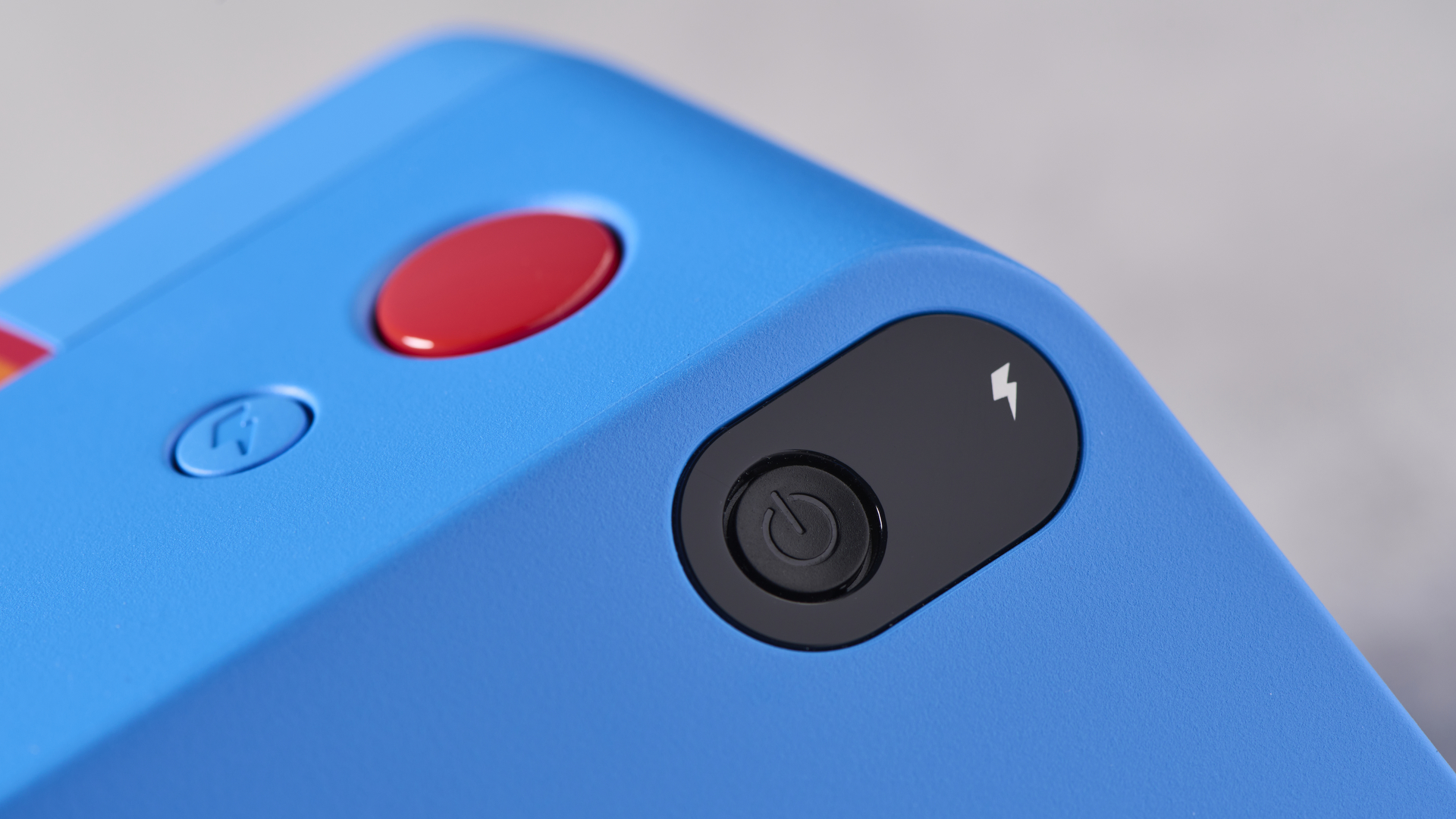
The Polaroid Go Gen 2 is a cute camera, and my friends said the same when they first saw it. It’s made of 30% recycled materials and the outer shell is made out of polycarbonate and ABS plastic. Polaroid fondly calls it “take anywhere-able”, and weighing only 8.43 ounces (without a film pack), that really rings true. As it measures 4.13 x 3.3 x 2.44 inches, the camera is easy to hold, even if you have small hands.
Minimalistically designed, the blue model I tested looks great, and the classic rainbow stripe logo above the lens adds a nice touch. The colorway also has some shiny material imbued into it, which gives the camera a classy, premium sheen.
Polaroid Go Gen 2 review: Lens & viewfinder
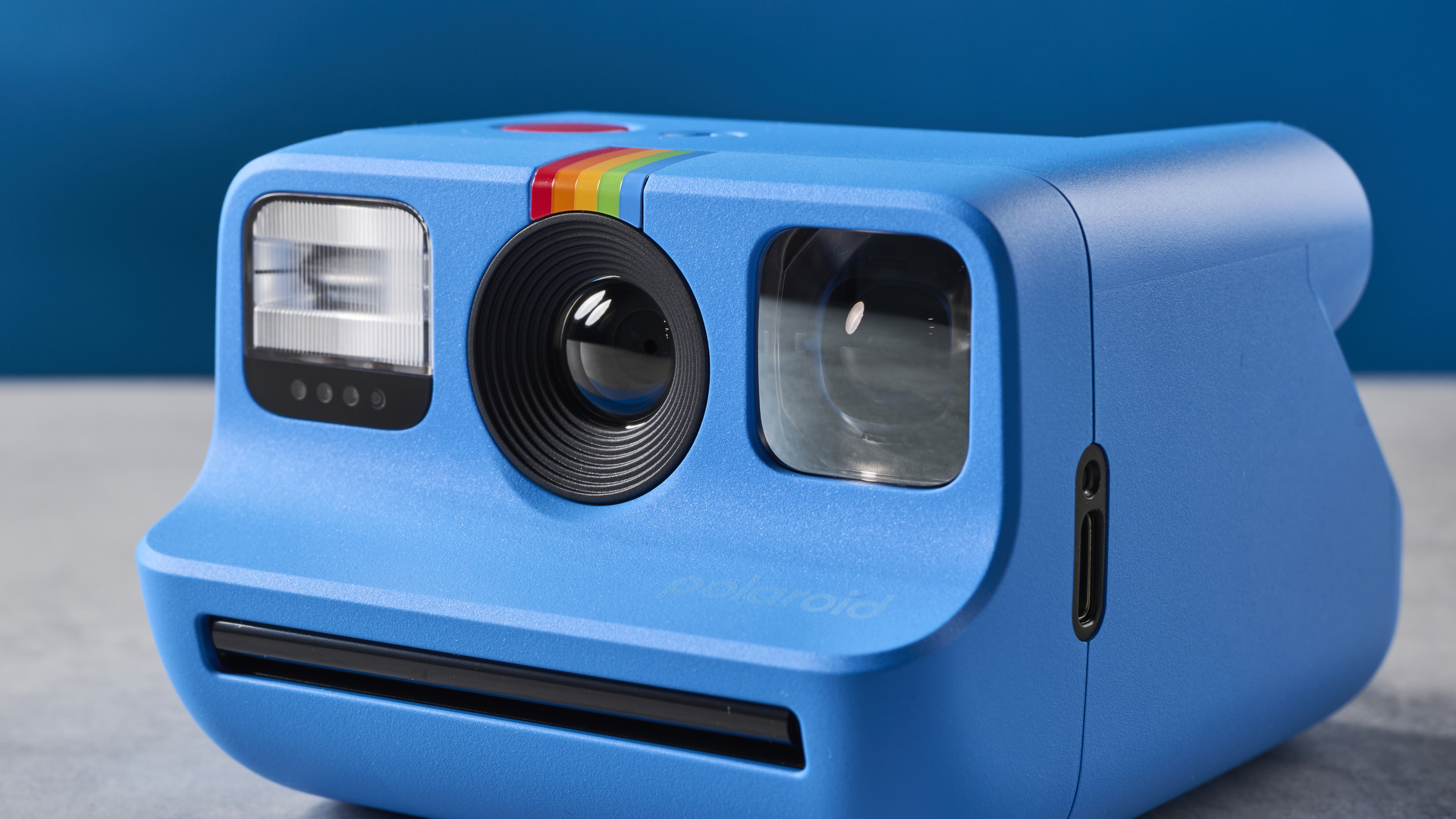
Now for the techy bit. The Polaroid Go Gen 2 has a fixed focus lens with a focal length of 51.1mm, giving a versatile standard field of view that’s neither too wide nor telephoto. Since you don’t need to adjust the focal length, you can just point, look through the viewfinder and shoot. The viewfinder is small but I found it easy to use. I wear glasses all the time but looking through the viewfinder wasn’t uncomfortable at any point.
The Go Gen 2 also has an aperture range of f/9 to f/42 versus f/12 to f/56 on the first-gen camera — the wider f/9 maximum aperture lets in more light which helps the camera achieve brighter exposures without flash. It has a maximum shutter speed of 1/300 second, which is also faster than the Go (1/125 sec) and will allow you to capture sharper photos of moving subjects.
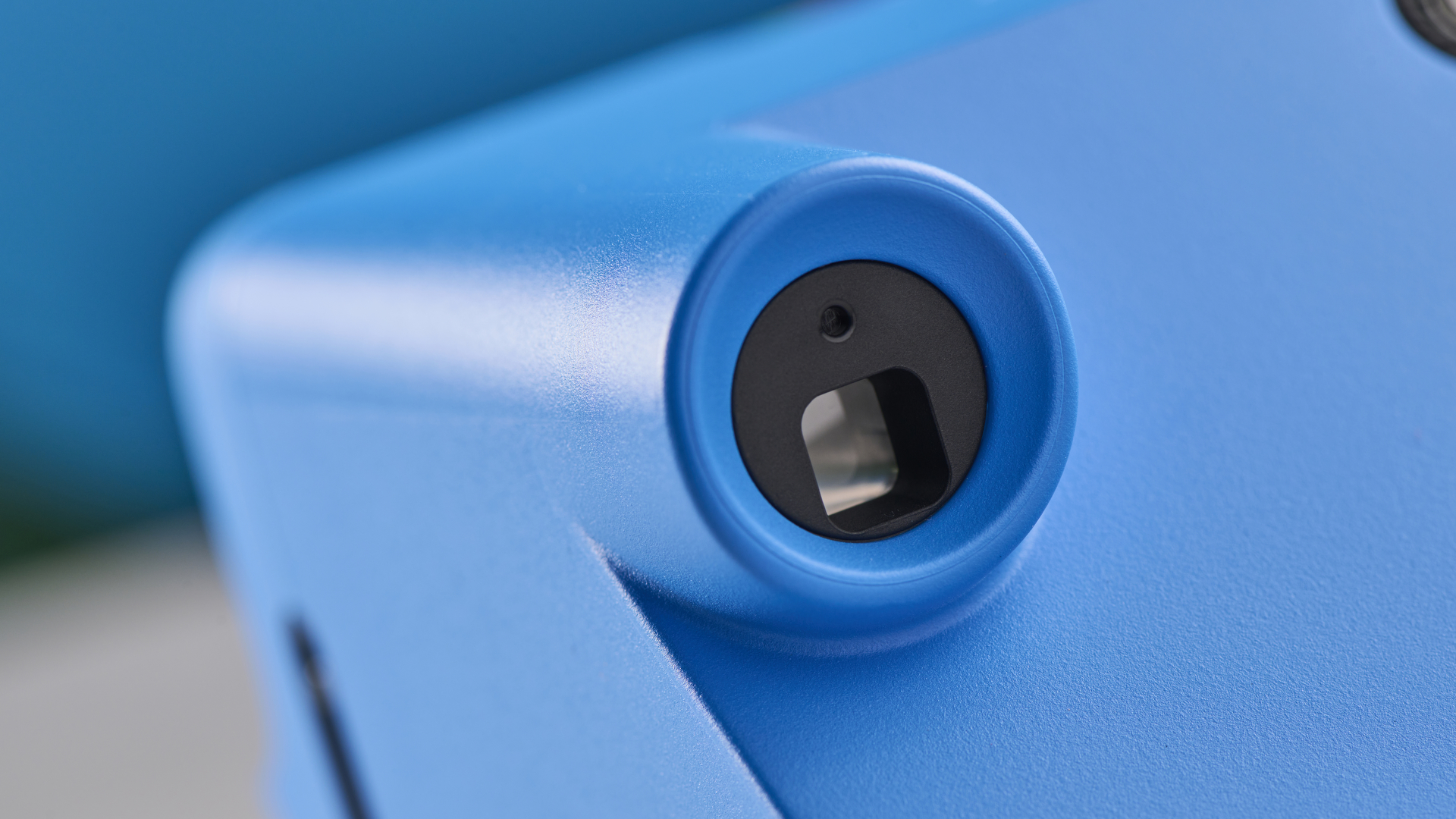
Next to the lens and on the other side of the viewfinder, you’ll find the selfie mirror. In testing, I found that the selfie mirror shows faces closer than how they appear in the printed photo, which is useful because, this way, you won’t accidentally cut body parts out of the frame.

For group selfies (right shot above), though, you’ll want to stretch your arm out as much as you can to capture everyone. Overall, the Go Gen 2 has a well thought out design that prioritizes user experience and comfort.
Polaroid Go Gen 2 review: Controls
Much like the first-gen camera, the Polaroid Go Gen 2 is designed to be held with your thumb(s) on the bottom and index finger on the shutter button. Holding and using it with one hand was just as comfortable as using both my hands. It features only 3 buttons: a flash button located next to the shutter button on the top, and a power button next to the tiny LED screen which indicates how many films you have left and the flash settings. All buttons feel tactile.
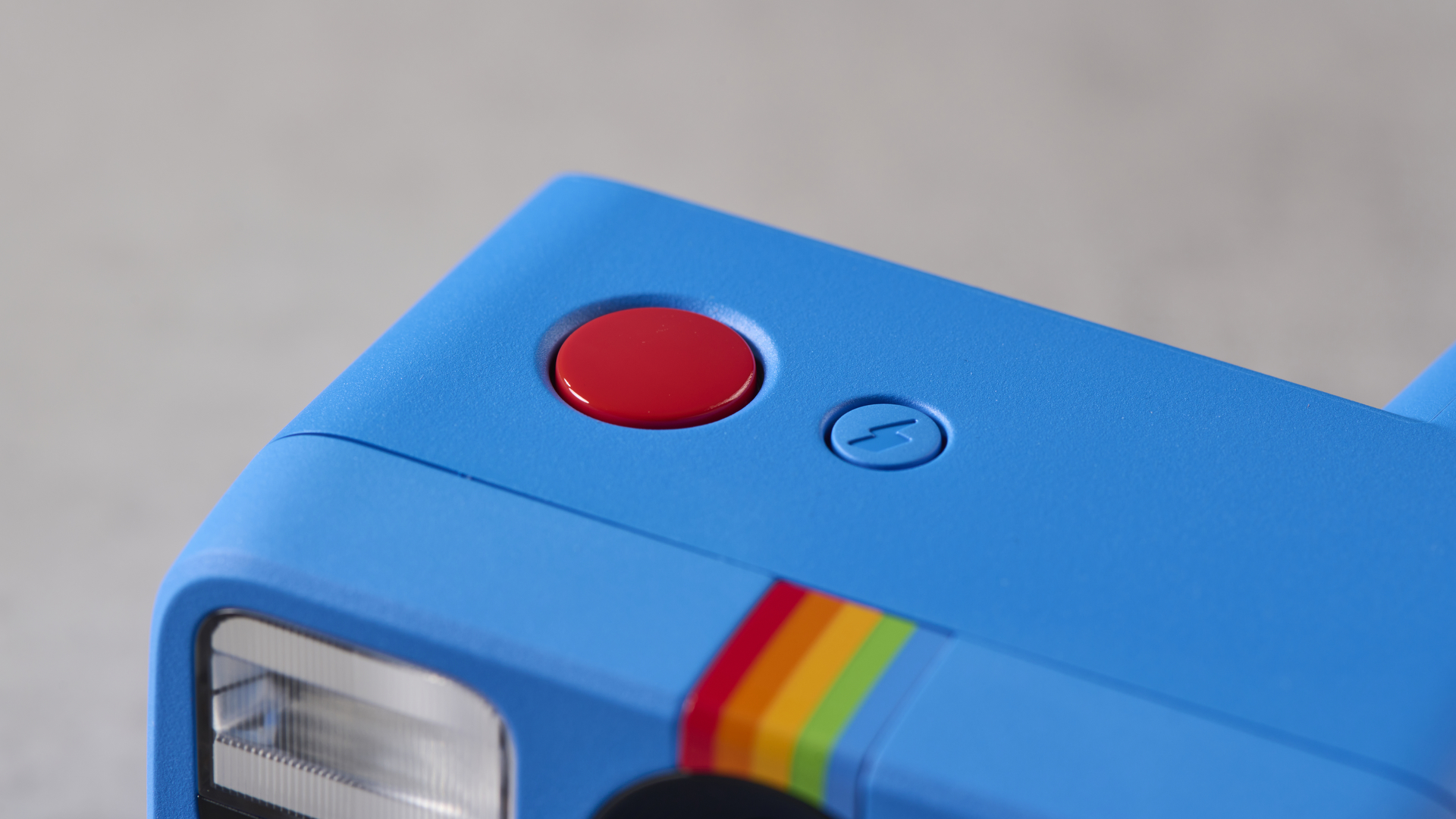
The flash button also doubles (and triples) as the self-timer and double exposure button. Keep it pressed for a few seconds and you’ll activate the self-timer which has a 9-second countdown. Press it twice and you’ll enter double exposure mode — here, the LED screen will flash 1 and 2 to indicate which shot you have left, which is handy.
This instant camera reacts quickly when any button is pressed. It’ll turn on within a second when the power button is pressed, so you never have to worry about missing a shot just because the camera is taking a while to power up. Similarly, the shutter button doesn’t need a lot of force to depress, but isn’t light enough to encourage accidental shots.
Polaroid Go Gen 2 review: Image & print quality
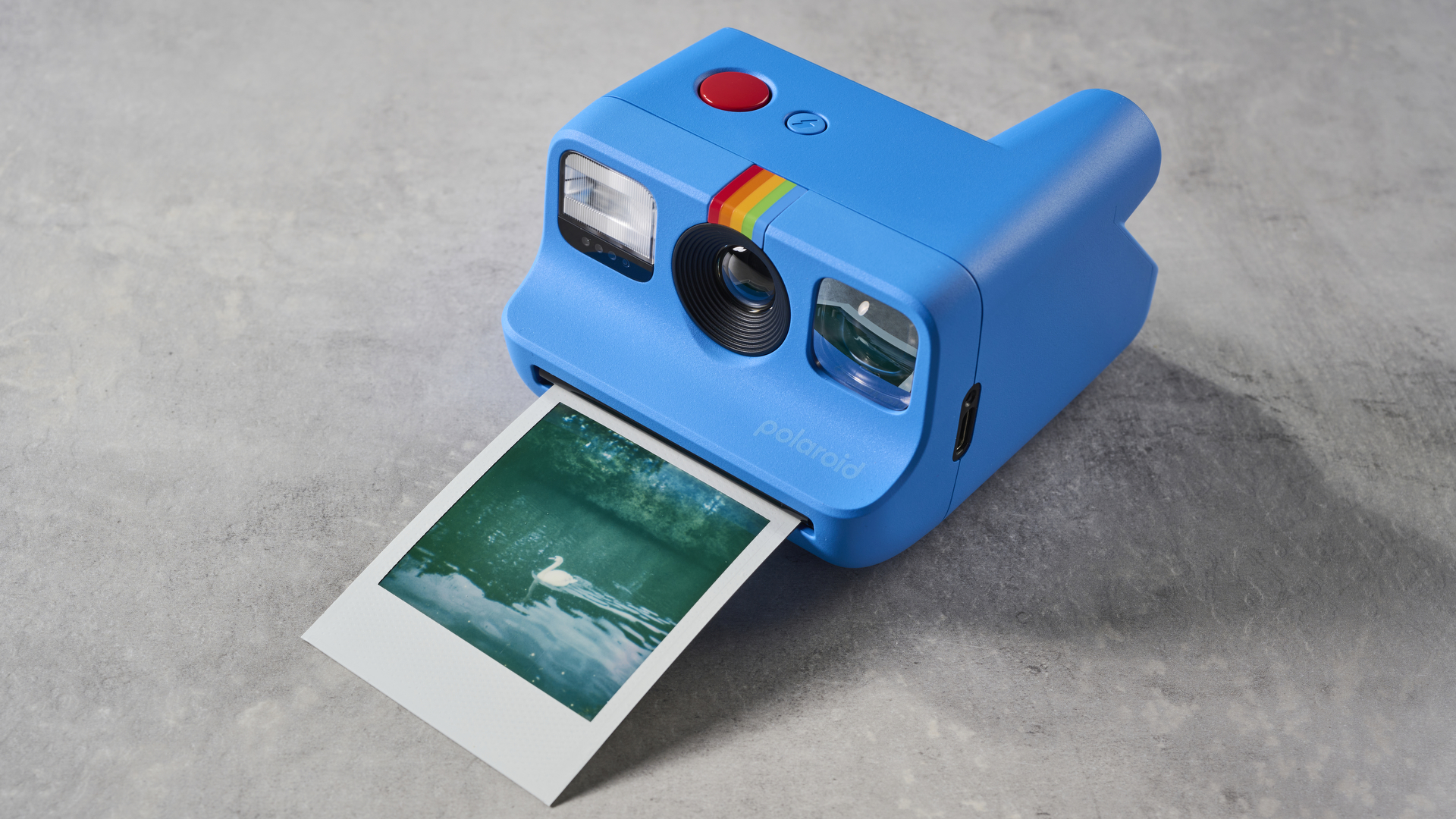
The Polaroid Go Gen 2 does not boast any fancy shooting capabilities. The most you get is being able to shoot double exposure images — for more creative control consider the Fujifilm Instax mini 99. But even being able to shoot just straightforward shots, I adored using the Go Gen 2 out and about on the streets of Bath — one of the U.K.’s most picturesque cities — and to photograph my friends.
It’s just my luck that the week I was testing the Go Gen 2 was overcast with barely any sunshine. Regardless, I was pleased that the photos taken during the day still came out detailed and looked well-lit while maintaining a retro aesthetic — one I describe as Lana Del Rey-esque. Polaroid recommends disabling the flash in bright conditions. The flash has a range of 2 meters so it has no effect on distant objects, such as buildings or trees, but it works like a dream when you’re photographing people.

Not every print turned out the way I envisioned, but that’s what I love most about using instant cameras. This was especially true in the case of double exposure shots. I tried it two ways: shooting a painting first and then a person (as seen in the left shot above), and vice versa (middle shot above). I was surprised at how much I liked the way the second turned out — it looked quite artistic and abstract, proving you can get a lot of enjoyment out of this new feature. The unpredictability of double exposure shots makes it even more fun, as can be seen from one of my “failed” prints (right shot above) where I was trying to get a funky photo of my hands moving.

In my testing, I found that some images shot on the Go Gen 2 were a bit overexposed. Technically correct exposures aren’t everything and they don’t matter as much considering the overexposed images suit the Polaroid Go film (right shot above). While bits of the photo will start to appear a couple of minutes after shooting, the prints take around 15 minutes to fully develop. Polaroid recommends either keeping them in a dark place or facing down, so I did both together, and I’d personally recommend leaving them alone for 20 minutes to bring out all the details.

However, the Go Gen 2 comes up short when you’re shooting in low-light conditions; the photos didn’t turn out as detailed after dark, but most instant cameras aren’t built specifically for low-light photography. When I shot Bath Abbey at night (middle shot above), the photo had a haunting look to it. My first instant camera was the Fujifilm Instax Mini 8 and it performed terribly in the dark, so I wasn’t expecting the Go Gen 2 to do wonders.

There’s also no dedicated macro mode so shooting up close takes a bit of trial and error, like the flowers in the middle shot above.
Polaroid Go Gen 2 review: App
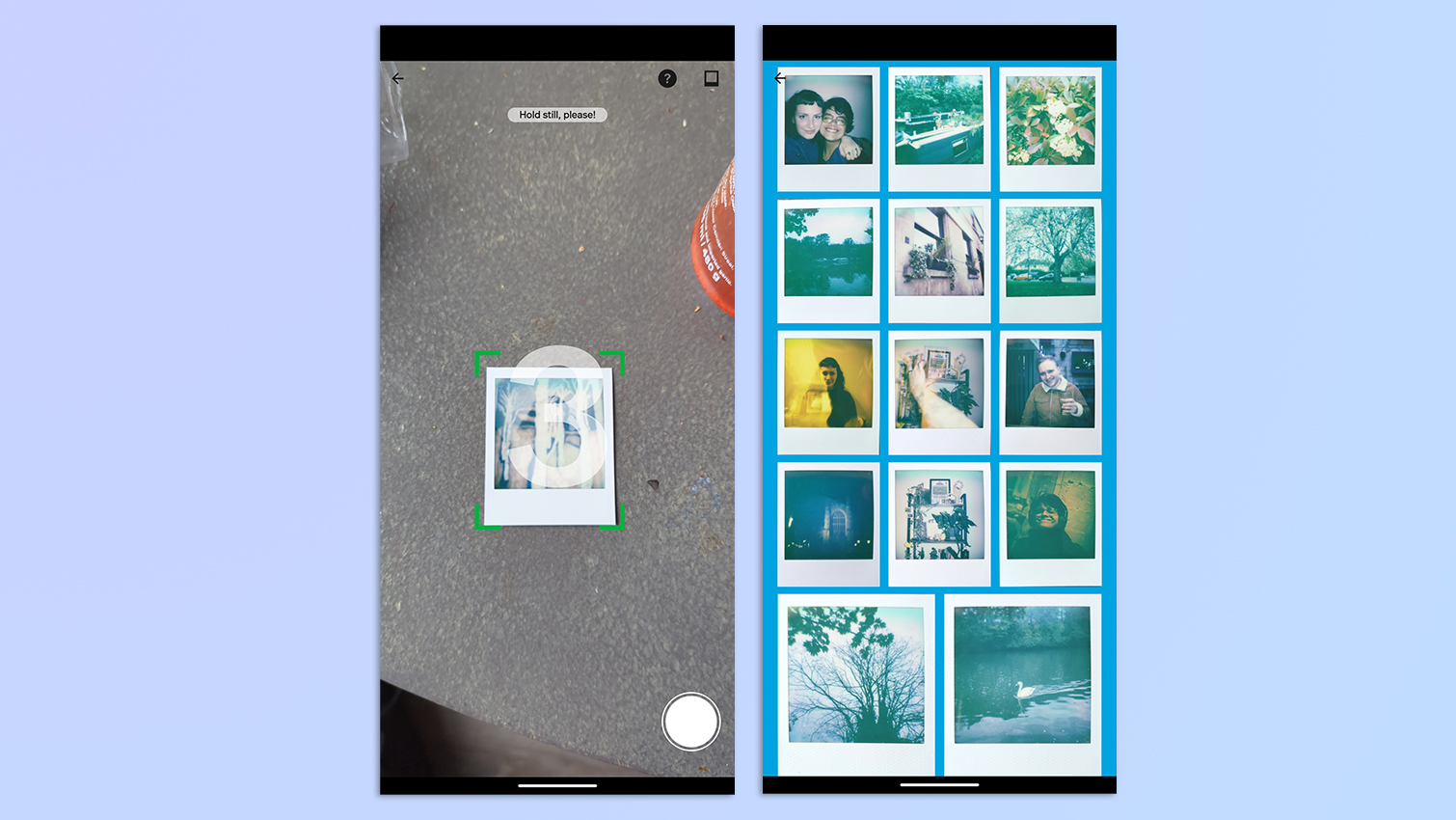
The Polaroid app on Android and iOS is not designed for the Go Gen 2 (as the camera lacks Wi-Fi and Bluetooth connectivity) but you can still use it to scan your prints. I don’t own a scanner so this is a great option if you don’t either. All the photos in this review were scanned using the Polaroid app on my Google Pixel 7 Pro.
Polaroid Go Gen 2 review: Film cost & yield

The Polaroid Go Gen 2 uses Polaroid Go Color film packs, which generally cost about $19 / £18 per double film pack (16 pieces of film) — so you’re paying $1.12 per picture. Polaroid film is usually more expensive than Instax film. For context, an Instax mini double film pack containing 20 pieces of film costs $13 / £14.
Polaroid Go Gen 2 review: Battery life
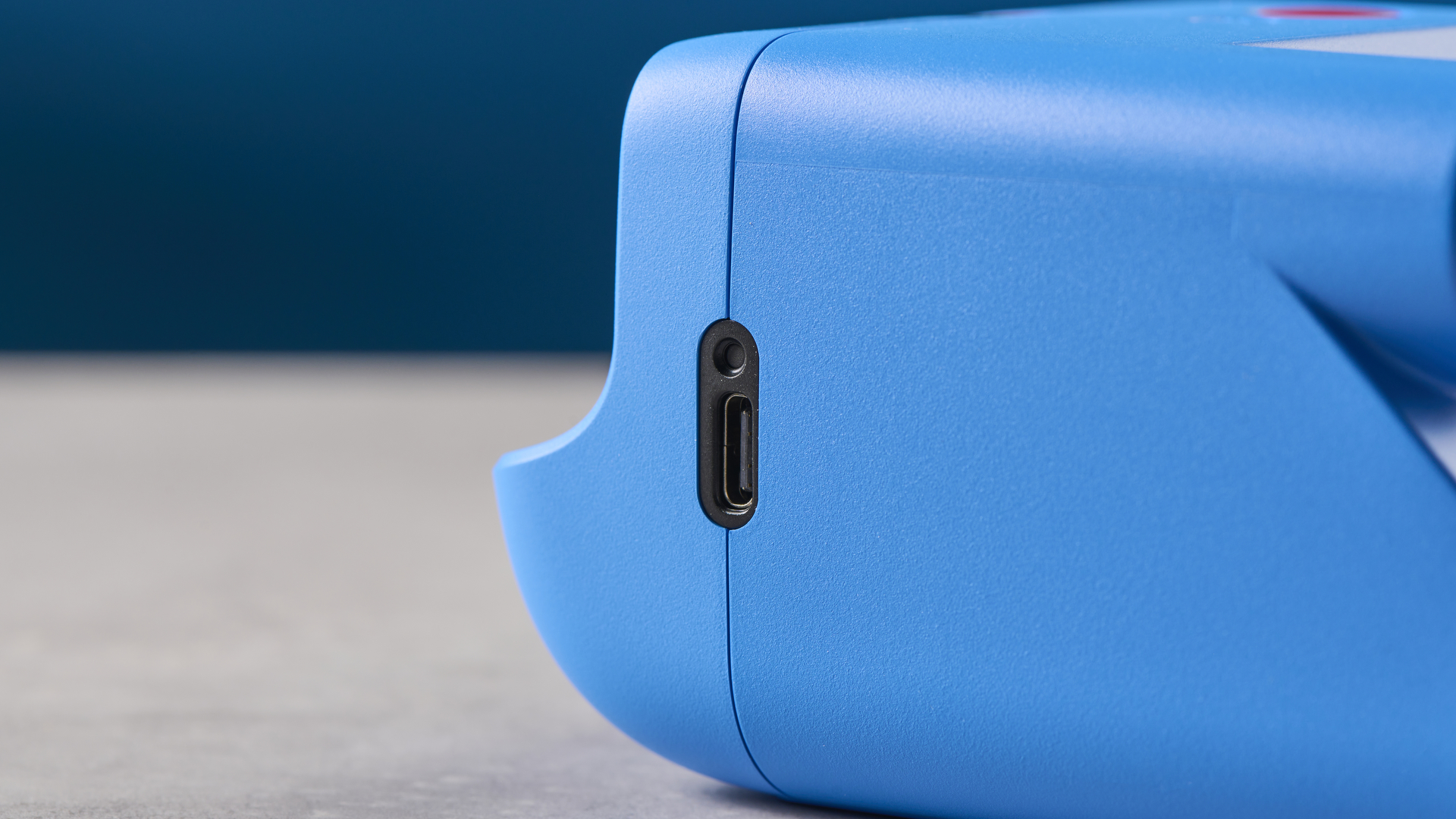
The Go Gen 2 has a built-in lithium-ion battery, and Polaroid says a full charge should be enough for 15 shots. However, I found that a single charge lasted for 18 shots, exceeding expectations.
Unlike the Go which had a Micro USB port for charging, the second-gen uses USB-C. It takes just under 30 minutes to go from zero to 100% using a 30W charger.
Polaroid Go Gen 2 review: Verdict
The Polaroid Go Gen 2 is the cutest and most user-friendly camera I’ve shot with, and there’s so much to like about it. It looks and feels premium, and easily slips into your pocket or handbag. Comfortable to hold and use with either one hand or two, the Go Gen 2 is the perfect travel companion, ideal for even those who aren’t familiar with the techy side of photography. It also allows you to be creative, thanks to the new double exposure mode, selfie mirror and self-timer.
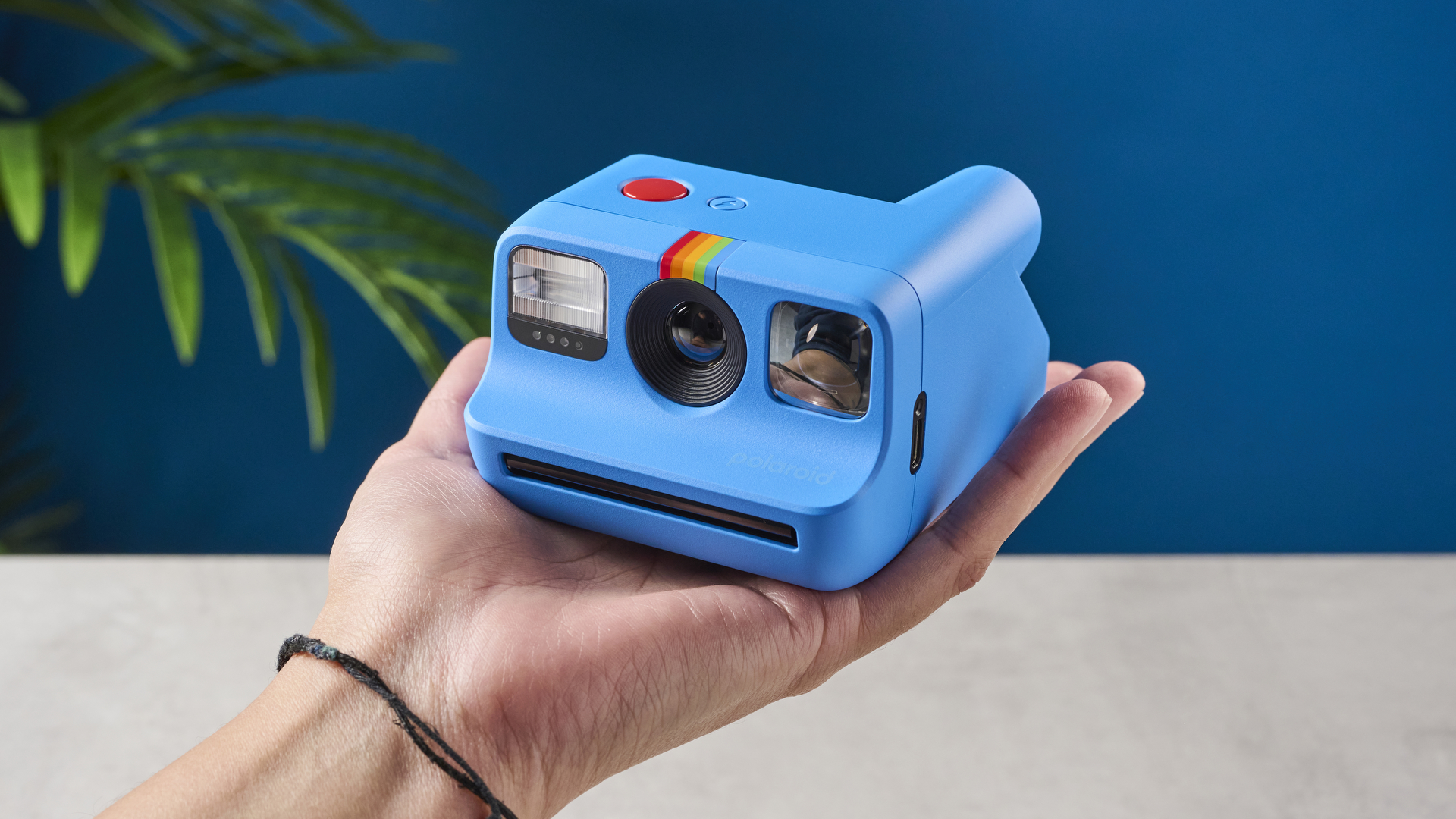
But if you want an instant camera that performs even in low-light conditions, you should consider the Fujifilm Instax mini 40 ($99) instead. The Go Gen 2 also doesn’t feature a macro mode which the $79 Fujifilm Instax mini 12 does. Although, unlike the Mini 12, it has a dedicated double exposure mode and a self-timer. You could also dish out more money and settle for the Fujifilm Instax mini 99 ($199) if you want more exposure compensation controls, double exposures, a macro mode and creative color filters, but that camera doesn’t have a selfie mirror like the Go Gen 2.
I, for one, can’t wait to get myself a Polaroid Go camera case ($24 / £22) so I can keep the adorable Go Gen 2 safe and scratch-free on my travels, and keep capturing as many memories as I can, retro-style.

Nikita is a Staff Writer on the Reviews team at Tom's Guide. She's a lifelong gaming and photography enthusiast, always on the lookout for the latest tech. Having worked as a Sub Editor and Writer for Canon EMEA, she has interviewed photographers from all over the world and working in different genres. When she’s not working, Nikita can usually be found sinking hours into RPGs on her PS5, flying a drone (she's a licensed drone pilot), at a concert, or watching F1. Her work has appeared in several publications including Motor Sport Magazine, NME, Marriott Bonvoy, The Independent, and Metro.

